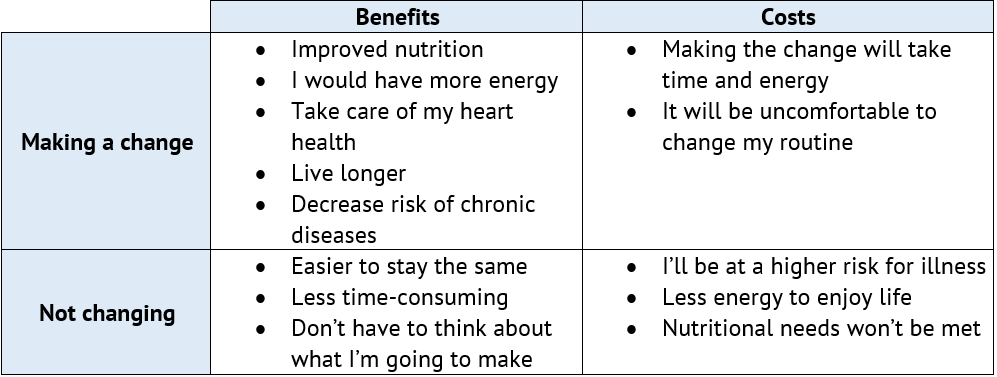Improving our overall health can seem like a daunting task – but it’s the small changes that can lead to a big difference.
“Changes can actually be quite tough,” says UHN’s Dr. Paul Oh, Medical Director of the Cardiovascular Prevention and Rehabilitation Program at Toronto Rehab and the Peter Munk Cardiac Centre. Dr. Oh works with his patients to overcome the challenges of making changes to get them back to a healthy lifestyle. Read on for some of his tips on how to make, and maintain, healthy habits.
Find your why
Start with your motivation. Figure out why you actually want to make a change in your life. What do you value in life? Are your habits helping you get there? Do you consider a certain behaviour to be a problem? Are you interested in change? What do you want to change? What are you willing to do to make it happen? Are you ready for a change?
Write your answers down so you can look at them throughout your journey to keep you going when things get tough.
Be specific
Goals can seem overwhelming if they’re too broad (e.g., I want to be healthier) or if you try to change everything at once. Keep your goals specific and SMART to make them more attainable. A SMART goal is Specific, Measurable, Achievable, Relevant and Timely. For example: “I want to improve my cardiovascular fitness by the fall so I can play in the park for at least one hour with my grandchildren.”
Pro tip: Have a goal in mind? Write it down! You’re 42% more likely to achieve your goal when you write it down. If you’re having trouble creating a goal, check out this resource from UHN to get started.
Make the ultimate pros and cons list
The decision balance table is like a supercharged version of your usual pros and cons list. Instead of simply listing the pros and cons of making a change, you also include a row where you list the pros and cons of staying the same. Looking over your sheet, you may find that the benefits of change outweigh the costs of staying the same – this is where you can find extra motivation to change. Here’s what it would look like with the example of eating healthy.

It may seem counterintuitive to list benefits of an unhealthy behaviour such as smoking, but the reality is that all behaviours serve us some utility. When you write down the function of an unhealthy behaviour (e.g., pros of continuing to eat unhealthy foods, it’s easier and less time consuming), you understand why you keep defaulting to it – something that ironically may make it easier to make those changes!
Be ready for barriers
Identify behaviours that could sabotage your goal and think of some ways or tools you can use to overcome them. For example, your goal may be to eat healthier but you still get fast food every week because you run out of time to cook. Or, your goal may be to be less stressed, but you keep volunteering to take on more responsibilities at work instead of saying no.
When you identify what actions are getting in your way and why you keep doing them, it’s easier to find solutions to overcome them. For example, if you keep getting fast food because you have no time to cook, try meal prepping on your off days for the week ahead.
Get your action plan ready
To make your goals even easier to achieve, build a weekly action plan that outlines what changes you will make that week, and how you will make them. Start by thinking about an action step you can take that would help you get closer to your goal. For example, if your larger goal is to be more active, an action step to get you there could be to go for three walks/jogs per week. Outline what you’re going to do (run for 20 minutes), when you’re going to do it (on my lunch break), where you’re going to do it (at the park near my house), and how often you’re going to do (three times per week).
At the end of the week, reflect on your action plan and adapt if needed. Remember to recognize and acknowledge your successes as well, not just your challenges.
Why not start now? Create your plan for change with these resources (including an interactive goal-setting template) from UHN’s THRIVE program.


